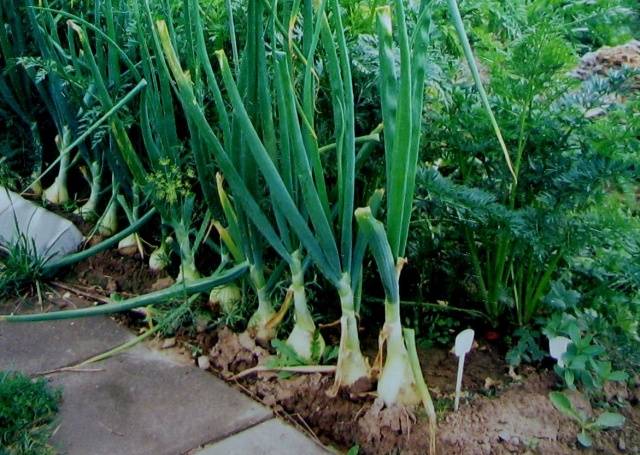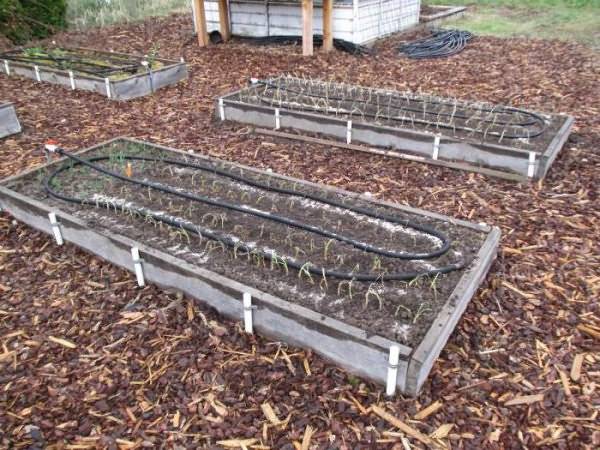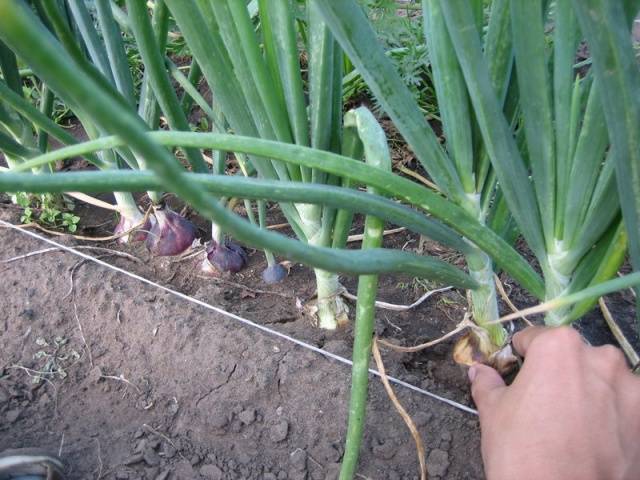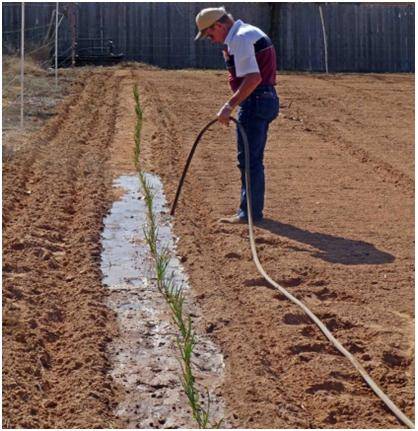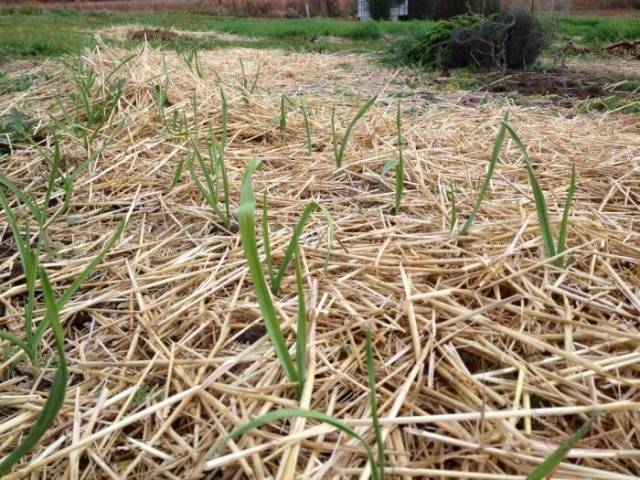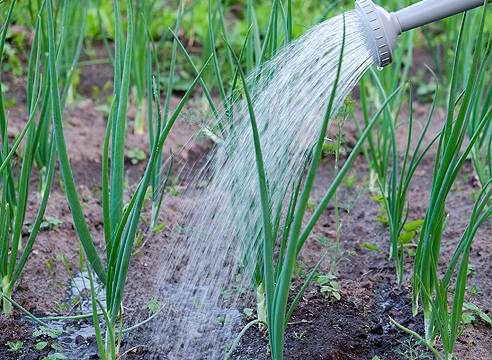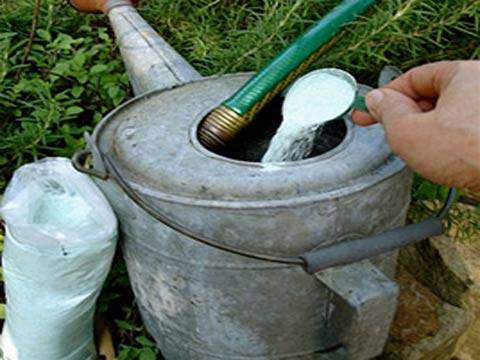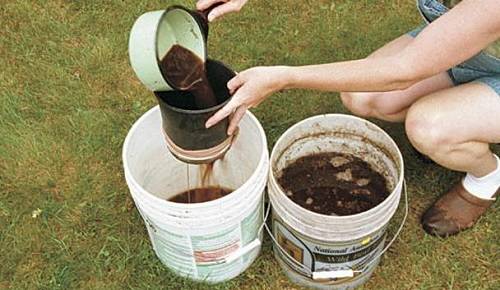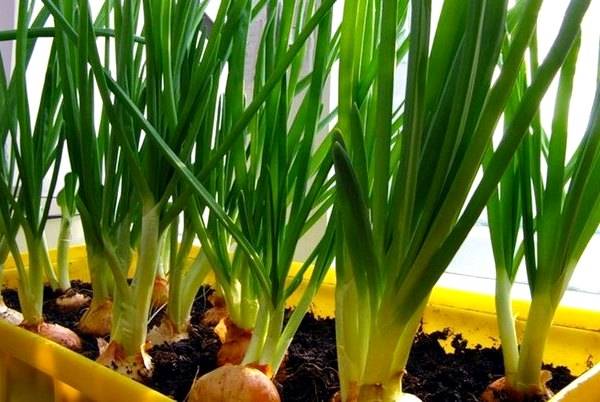Content
Onions are a versatile vegetable that any family will want to have in their garden, because, in addition to being added as a seasoning to any dish, it also serves as an excellent medicine for many diseases. Yes, and caring for him is still not as difficult as for the same peppers or tomatoes. Onions are quite unpretentious and, moreover, a cold-resistant culture. But still, in order to get a really good harvest, which, moreover, will be stored for a long time, you need to know its basic requirements for care and provide the onion with all the conditions for full development and ripening.
It is often believed that onions do not need anything at all after planting, except perhaps periodic watering. But it is not so. Onion fertilizers can help you grow good large bulbs, especially in some soil types, but don't overdo it. Onion care must be approached comprehensively, taking into account all the nuances.
General onion care requirements
Like many other cultures, it is important for the onion to initially create conditions, without which its growth and development will be limited.
Light and warm
First of all, it must be borne in mind that the onion is an extremely light-loving plant. No additional measures will help if you plant it even with the slightest shade. In this case, two times less leaves are formed, respectively, this affects the size of the forming bulb.
As for the temperature, on the one hand, the onion, being a cold-resistant plant, tolerates even the lowest temperatures well, although the optimal conditions for the growth of its leaves are + 18 ° С- + 20 ° С. On the other hand, gardeners often do not take into account the fact that during the ripening and formation of the bulbs, it is desirable for the temperature to rise to 27 ° C - 30 ° C. Unfortunately, such temperatures are not always observed in the northern regions, so it is more profitable to plant onions there on high ridges, which have the opportunity to warm up well in the sun. If the actual temperature regime does not correspond to the requirements of the crop, the bulbs will not be able to ripen to their maximum size even with ideal feeding. This fact must be taken into account so as not to overdo it with fertilization.
How to fertilize the soil for planting onions
Perhaps, it is for the cultivation of onions that preliminary soil preparation is of primary importance. It is important both from the point of view of introducing a sufficient amount of mineral elements into the soil, and because the soil should be as free of weeds... It is especially important to free the land from weeds when growing onions from nigella.
A bed under planting onions begin to cook since the fall. The fact is that for the good development of plants, a correctly selected and tucked bed will make more than 50% of success. For example, the culture is quite demanding on the content of basic nutrients in the soil, but at the same time the introduction of fresh manure under onions is not recommended, since it can lead to the growth of various diseases. Therefore, it is recommended to apply manure under the onion predecessor crop. As such, cucumbers, various types of cabbage, as well as legumes: peas, beans, lentils are best suited.
Onions prefer light loams or sandy loams with a neutral or slightly alkaline reaction. It does not tolerate acidic soils, therefore, many of the sod-podzolic and peat soils of the middle zone must be additionally limed before planting.
If you are not going to plant onions before winter, then it is best to add organic fertilizers to the ground during the autumn preparation of the beds - 1 bucket of compost or humus per 1 square meter. Otherwise, during the autumn preparation of the land, it is better to apply mineral fertilizers to it. It should be borne in mind that onions are sensitive to an increased concentration of salts in the soil solution. Therefore, mineral fertilizers for onions should be applied in medium doses:
- urea - 10 g per sq. meter,
- superphosphate - 25-30 g per sq. meter,
- potassium chloride - 15-20 g per sq. meter.
To disinfect the soil, it is spilled with a solution of copper sulfate (15 g per 10 liters of water). This amount is enough for approximately 5 sq. meters of the garden. Copper sulfate treatment is carried out one day before the introduction of the main complex of nutrients.
In the fall, you can also combine the use of organic matter and mineral fertilizers for feeding onions... In this case, one square. meter is introduced 5 kg of humus in combination with 35 grams of granular superphosphate.
Getting a turnip from a black onion
Getting marketable bulbs from nigella onions is not often used by gardeners, because this method of growing is too long in time - it usually takes two years to get a full harvest. But it allows you to save on planting material, and is economically beneficial when growing large volumes of onions.
Chernushka seeds or onions are sown either in early spring or before winter. Before winter, it is better to sow dry seeds in slightly frozen soil, and in early spring it is advisable to pre-soak them in a solution of trace elements for 8-10 hours. Usually, the soil is filled with mineral fertilizers in the above doses in the fall - in this case, in the first year of development of the seed bulbs, they do not need additional fertilizing.
By the end of summer, a full-fledged set is formed from the chernushka onion, which can be used both for sowing next year in the spring (diameter 1-3 cm) and for forcing greens (over 3 cm in diameter). And the smallest bulbs (up to 1 cm in diameter) are best planted before winter around October. Before planting, they are soaked for several hours in a saturated salt solution (1 kg of salt per 5 liters of water), and then thoroughly washed in running water. This procedure helps to disinfect the planting material from eggs of pests and spores of fungal diseases. In addition to a good filling of the soil with fertilizers, no additional fertilizing is usually done before winter.
If you take a glass of onion husks, pour it with a liter of boiling water, leave for two days and dilute with water twice, then an excellent top dressing for tomatoes or cucumbers is ready for sprinkling on a leaf.
Top dressing of onions from sets
The most common method of sowing seedlings in the spring is used to obtain good and large bulbs. About podzimny sowing of small bulbs has already been mentioned above. Preparation of onion sets for sowing is similar to the above procedure, but, besides processing in salt, it is advisable to soak the onion for half an hour in hot (+ 45 ° C- + 50 ° C) water after winter storage so that it does not go into the arrow. In the spring, it also makes sense to soak the seedlings for several hours in a solution of trace elements or in an infusion of manure (one part of the droppings is dissolved in six parts of water) to accelerate germination and further development.
When planting onions in the ground, no additional fertilizers are used. Prepared seedlings are planted usually in April or May, depending on the region.
It is usually customary to focus on the blooming of leaves near a birch - these times are considered optimal for planting seedlings.
The first feeding of onions is carried out about a week or two after germination. You can focus on achieving a length of 10-15 cm with onion feathers. During this period, nitrogen and phosphorus are most needed for good development onions. If in the fall phosphorus was introduced into the garden with onions, then its use at this stage is not necessary.
For fertilizing with nitrogen, you can use both mineral and organic fertilizers, as well as their mixture. Choose from the following options what works best for you:
- In 10 liters of water, 10 grams of ammonium nitrate is diluted, the resulting solution is enough to spill two square meters of beds.
- Water is added to the manure in a ratio of 1:10 and insisted for about a week. After that, 1 part of the resulting solution is poured with 5 parts of water and this liquid is already watered on onion plantings in the aisles. The flow rate is the same as for normal watering.
- When using poultry manure as fertilizer, it is diluted with water to make a working solution in a ratio of 1:25 and infused for about two weeks. Then another 5 parts of water are also added and watered in the usual way.
- At home, feeding with humic acids, as well as preparations such as Baikal and Shining, has shown itself well. They contain complexes of microorganisms, which begin to work actively in the ground, releasing nutrients in the most accessible form for onion development.
If you act according to the program for the use of mineral fertilizers, then the second feeding should be carried out about a few weeks after the first, and during it it is necessary to focus on the formation of a large bulb. This requires, first of all, phosphorus and potash fertilizers. If the soil is fertile and the leaves of the onion have a rich green color, then there is no need for nitrogen at this stage. On poor soils, it can still be added, but priority should be given to other elements. To do this, 10 g of nitrate is dissolved in 10 l of water, 30 g of superphosphate and 30 g of potassium chloride are added. The resulting mixture is sufficient for processing 2 sq. m of onion plantings.
Also at this stage, feeding with any complex fertilizer for onions, such as Agricola, Fertik and others, is possible.
If you are an adherent of organic cultivation of the land, then the best option would be to use herbal infusion in the form of top dressing. To do this, any weeds are filled with water and infused for a week. One glass of the resulting liquid is diluted in a bucket of water and onion plantings are watered with this solution.
If unfavorable signs appear (the leaves turn yellow, the development of the bulbs slows down), it is necessary to carry out the third feeding when the bulbs reach 4-5 cm in diameter.
- In 10 liters of water, 30 g of superphosphate and 25 g of potassium chloride are diluted. This solution is enough to process 5 sq. meters of onion plantings.
- If you take 250 g of wood ash and pour a bucket of boiling water, then the resulting broth is able to saturate the ground around the plantings with all the missing microelements.
Fertilizers for onions on a feather
Growing onions on feathers is very popular for obtaining year-round vitamin greens at home. This is the easiest way to grow onions, which only requires compliance with temperature conditions (about + 15 ° C) and regular watering.
The bulbs are planted in the ground by 2/3 of their size, feeding is carried out no more than two times during the entire growth period. The best effect will be from the use of complex fertilizers with a full set of microelements.
It is only necessary to remember that it can increase the acidity of the soil, and the effect of it is mainly to increase the looseness of the soil.
Onions are grown in various ways, and each of them requires its own attitude to feeding.It is only important to remember that, in addition to feeding, for onions it is necessary to observe suitable conditions for development.

